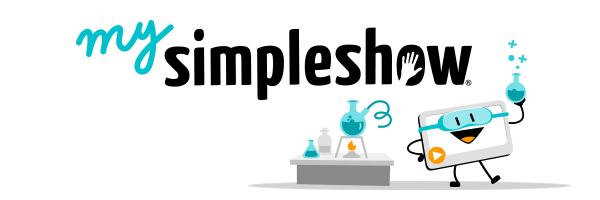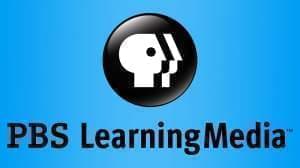From CommonSense Media:
“Mangahigh is a web-based platform that boasts dozens of math games and hundreds of tutorials and quizzes, all aligned with Common Core standards. It teaches and reinforces a wide variety of math fundamentals, from counting and number sense all the way up to beginning algebra and geometry concepts. Students can play through games at their own pace or work on teacher-assigned challenges and lessons. For extra-competitive flavor, students can earn medals, badges, and rewards, compete in social games with students across the world, or take part in school-wide challenges against other schools."
An impressive teacher dashboard lets instructors manage the whole experience with a gorgeous gradebook system, easy class setup, comprehensive analytics at the class or student level, and full interactive previews of all games and lessons. Classroom Mode allows teachers to lock down student access to teacher-assigned tasks (games or activities) for up to 90 minutes. “
For more information:
https://goo.gl/gm0gSH







